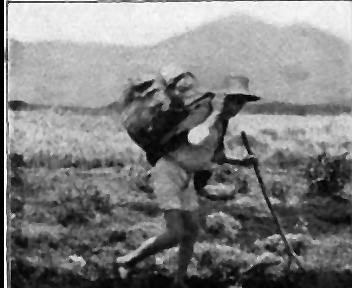Coca Leaf & Muscle Energy
Published by
panaceachronicles
When I was a child I moved around the world with my military family, always traveling by ship in the days before aircraft could cross oceans. I would spend hours on deck writing messages, sealing them with candle wax in bottles I snagged from somewhere on board, and then consigning them to the sea knowing in my heart that they were on their way to someone, somewhere who would read them. Sometime replies arrived at my grandparents’ house years later, and they would forward them to me wherever I was living. From these contacts I developed pen-pals who I stayed in touch with for many years. I was fortunate to develop, very early in my life, a sense of the network that invisibly but seamlessly connects us all. Thank you for picking up this message in a bottle, dear reader. We are all here together. View all posts by panaceachronicles


Greetings from Los angeles! I’m bored to tears
at work so I decided to check out your website on my iphone during lunch break.
I really like the knowledge you provide here and can’t wait to take a look
when I get home. I’m surprised at how quick your blog loaded on my phone ..
I’m not even using WIFI, just 3G .. Anyways, good site!
LikeLike
Thanks very much for your kind comments on my work!
LikeLike
Nice post. I used to be checking constantly this blog and I am inspired!
Extremely useful info specially the last section :
) I care for such information much. I used to be looking for
this certain info for a long time. Thank you and best of luck.
LikeLike